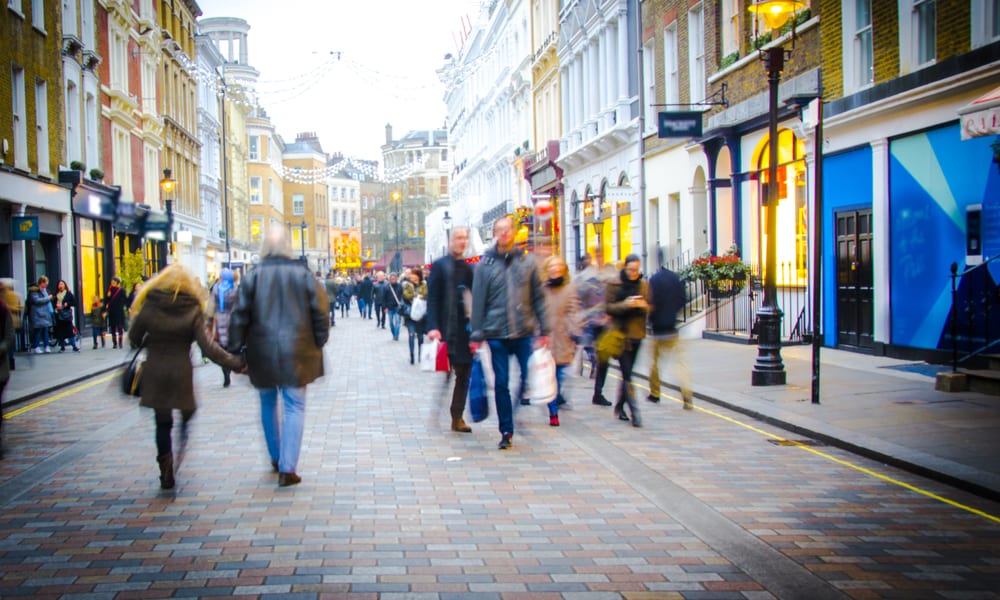How UK High Streets Are Changing In 2022
There has been a considerable shake-up across the UK’s high streets. Retailers have been shaken by the effects of lockdown and increasing property costs, at a time when the way we shop has already begun to change significantly. Now, as society transitions away from an international health crisis, there is great attention being paid to retailers to see how they will adapt to a new shopping landscape.
Interestingly, there are a number of retailers already finding success. Such brands have a number of qualities in common, notably the demonstrated willingness to adapt. Today, we’re sharing these examples, showcasing how they are changing their expectations of retail and, as a result, describing how the nation’s high streets are changing in 2022.
Focus On Experience
Lush has become one of the most recognisable brands on the high street, noted for its marketplace aesthetic, abundant slatwall panel displays, attentive customer service, and, most importantly, its in-store experiences. These have taken a number of forms, from a simple demonstration of products to health and beauty sessions that require booking in advance. Now, as the brand continues to find success, it is focussing even more on what is known as experiential retail.
In 2022, Lush is set to launch new stores, including taking on a number of larger spaces, that will accommodate spas and hairdressers too. These spaces will draw customers in not only to shop but to enjoy wellness experiences too. Such activities serve to promote the Lush brand, emphasising its high street position as a centre of self-care and wellbeing.
The focus on experience is becoming a more common practice for retailers. Vans have opened an entire skatepark within their flagship London store, encouraging their largest demographic to spend extensive time in-store skating. Other brands, such as Nike and Sephora, are turning to augmented reality within their retail spaces, offering customers the chance to try products and styles virtually before purchasing.
Agile Shopping
Technology, COVID concerns, as well as an industry shift toward smaller retail stores, has prompted a design shift, leading retailers to adopt a more agile approach to shopping. Following off and on lockdowns, many retailers have settled into their responsive operations, offering click and collect services and e-commerce integration in-store.
Others have minimised the structure of their spaces, moving away from anchoring retail furniture, such as checkout counters, and have adopted agile shopping experiences instead. Apple stores are well-known for this, having entirely eliminated the checkout area from their store and, instead, choosing to dedicate space to high-quality displays and products. Leaving behind the need for customers to queue and pay at a single in-store location, staff use mobile devices to complete transactions more efficiently and personally.
Eco-Conscious Design
As customers seek to align themselves with brands that complement and express their own moral concerns, typically those of environmental sustainability, a greater emphasis is being placed on eco-conscious design. This means that moving forward, retailers will be making even more of an effort to minimise waste and improve the carbon footprint of their store’s interior design.



Comments are closed.